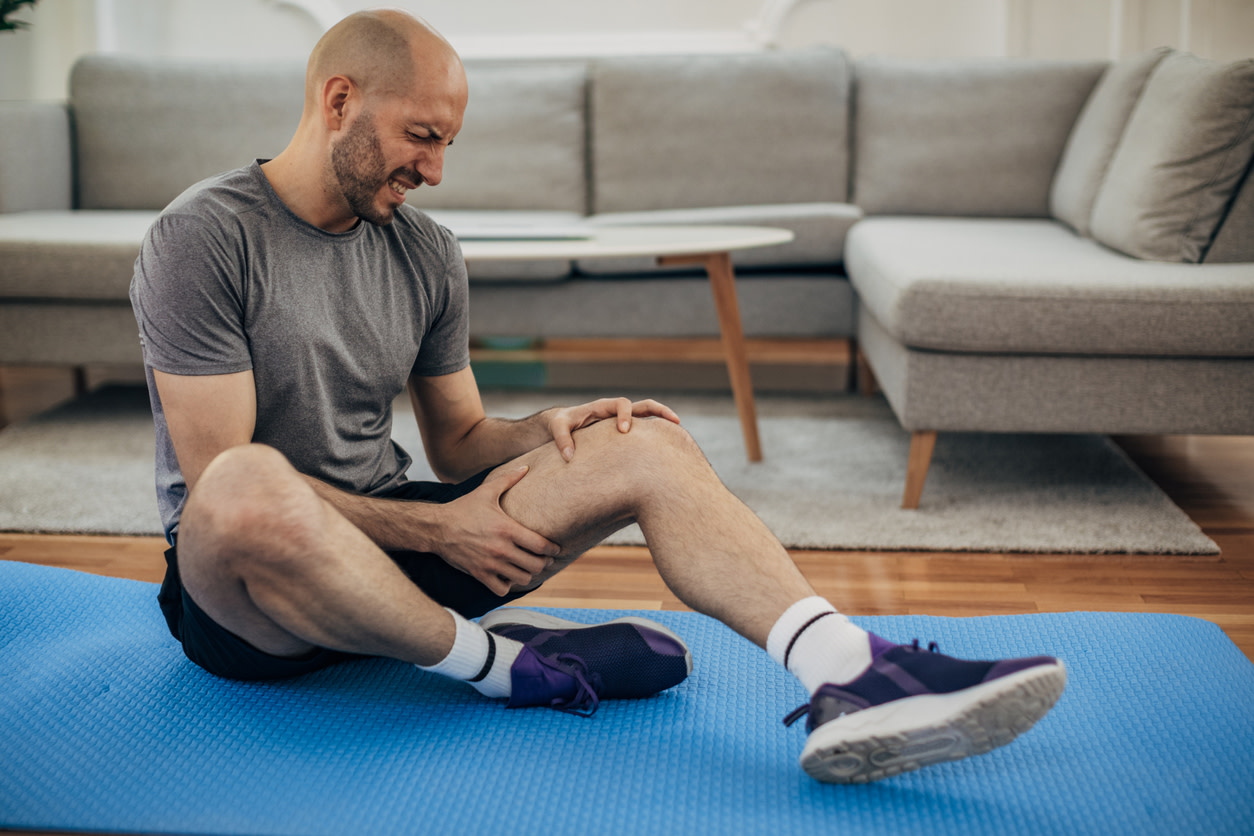How to Treat Inner Thigh Pain, According to Physical Therapists
Learn common causes of inner thigh pain and how to relieve it, especially with exercises from physical therapists.
0 $ pour vous
Date de publication : Nov 12, 2024
Table des matières
Fully covered leg pain relief
Find relief from leg pain, calf pain, tight quads, & more.
Check if I'm eligible5 PT-Approved Exercises for Inner Thigh Pain
Want expert care? Check if you're covered for our free program ��→- Side Lunge
- Standing Groin Stretch
- Quad Stretch
- Hamstring Stretch
- Lateral Step Up
